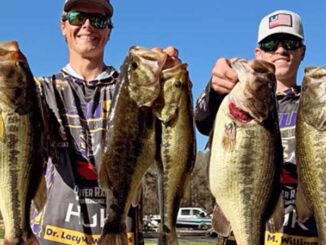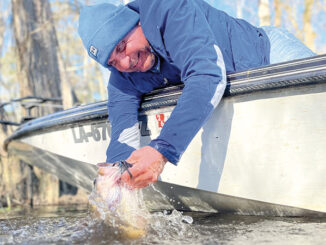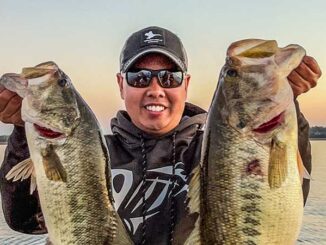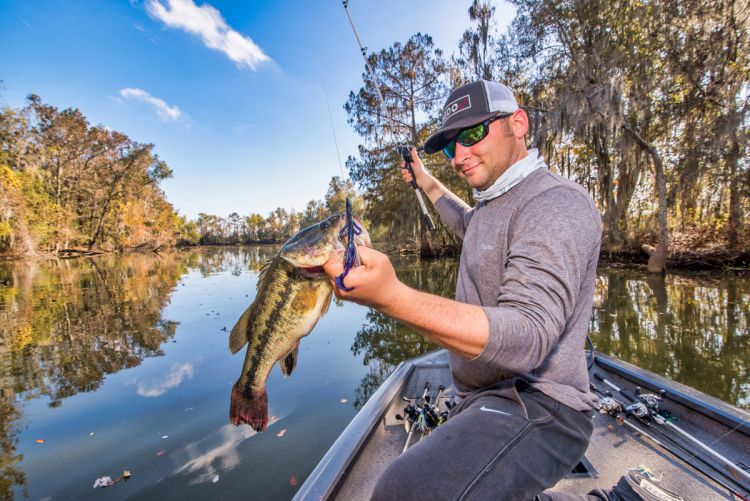 The stained waters of South Louisiana are packed with bass, but catching them is rarely a sight-fishing deal. So use these tips from Elite Series pros who grew up down south to catch more lunkers this spring.
The stained waters of South Louisiana are packed with bass, but catching them is rarely a sight-fishing deal. So use these tips from Elite Series pros who grew up down south to catch more lunkers this spring.
The annual spawn is like crack for die-hard bass anglers: They just can’t get enough of it.
And what’s not to love? Bass gang up in dead-end canals and calm coves, and the big girls are at their most vulnerable.
But fishing the spawn in South Louisiana is different.
Anglers in other regions — even in North Louisiana — are looking at fish on the banks through clear water. They know fish are there; they just have to convince them to bite.
Here in Cajun country, however, things are a little murkier. As in, you really can’t expect to see fish on the banks. A swirl as a bass moves in the shallows? Maybe. But you rarely put eyes on the actual fish.
That’s no big deal for us, right? We’re bank-beaters anyway, no matter the time of year.
However, there has to be better ways of putting springtime lunkers in the boat than just putting down the trolling motor and blindly flipping cypress trees and bushes.
So we turned to four Louisiana-born Bassmaster Elite Series pros who cut their teeth fishing the stained waters of South Louisiana to learn how they consistently put together tournament stringers of hefty bass.
Positioning is everything
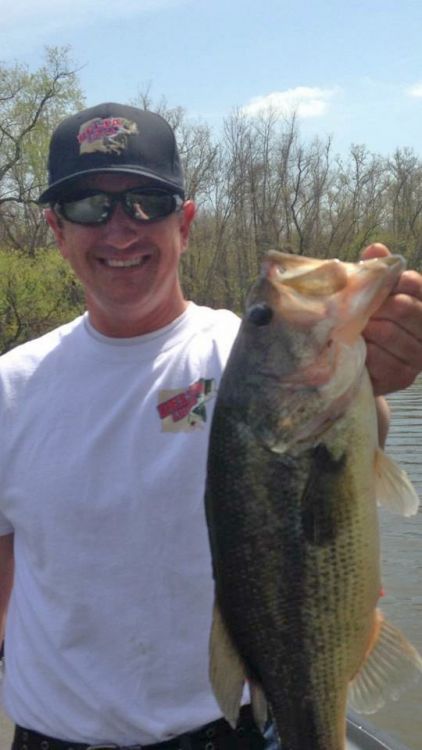
Gonzales pro Gerald Spohrer has seen it time and again: A boat runs into a canal, and the anglers get close enough to pitch every piece of cover they can see.
On the face of it, that’s a sound approach. But Spohrer said those anglers have absolutely missed out on some big bites.
“You’ll get some guys who go in Crackerhead, for instance, and fish the visible targets and — boom — they catch 20 pounds the day before a tournament,” he said. “Then they’ll go back the next day knowing there are fish in the area and struggle.”
So did they sore-mouth all the fish in the area the previous day? Unlikely.
Did the fish up and leave the canal? Equally as unlikely.
“One of the biggest things I find is understanding how the fish set up down here,” Spohrer said.
In short, not all the bass will be sucked up to the cypress trees.
“They’ll either be right up on that cover to spawn, or they’ll get just off that cover,” Spohrer explained.
So Spohrer leaves some room between his boat and the visible cover along the banks he knows should hold bedding bass.
“That fish may be 7 or 8 feet away from that cypress tree,” he explained.
He begins by pitching the cover, but he’s patient if he doesn’t get bit.
“Fish the bait out some, maintaining contact with the bottom,” Spohrer explained. “I’ve caught 4- and 5-pounders almost back to the boat in the middle of the canal.”
His weapons of choice include jigs and Missile Baits soft-plastics, but he’s also not afraid to try something a little more aggressive.
“If the fish are active, you can go with something like 6th Sense lipless crankbaits or hard-plastic jerkbaits.”
But the key remains the same: Not all bass will be on their beds — especially in South Louisiana.
“They’re so on-and-off because of the weather we have,” Spohrer said.
Punching it out
Many anglers get so focused on bedding and staging fish that they completely ignore vegetation mats this time of year.
That’s a huge mistake, said Pierre Part Elite Series pro Cliff Crochet.
“Flipping mats never goes away — never,” Crochet said.
The reason is twofold.
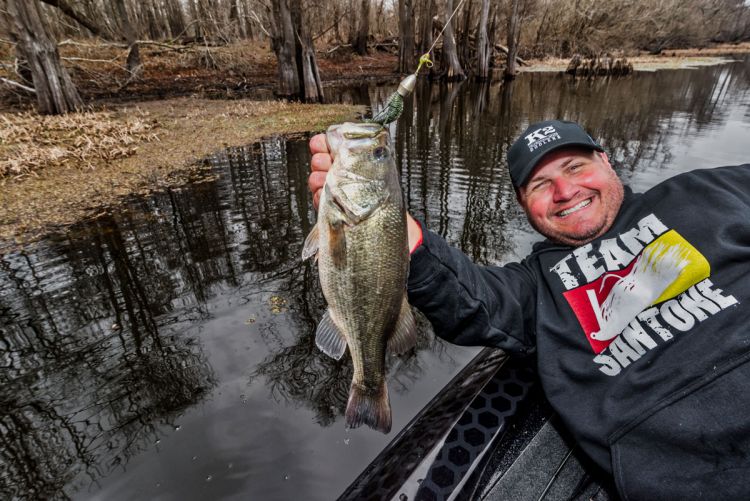
First, vegetation provides warmth on chilly spring days, especially when the inevitable fronts push through.
“When a front hits, those (spawning) fish back out, and they become dumb,” Crochet said. “These mat fish tuck under the mat and you’ve got the sun beating down on the (vegetation) and it insulates them.
“That’s when the mats really shine.”
The warm vegetation can overcome some of the impacts of a cold front, resulting in more-active fish.
“I would rather take my chances punching mats than dragging jigs for fish the front has pushed down,” Crochet said.
But mats also offer haven for fish that aren’t on beds — those that have finished their business and moved away from the beds, as well as those staging up waiting for that perfect moment to swim up and do their spawning thing.
“There are always two or three things going on,” Crochet said. “Not all fish do the same thing at the same time.”
The beauty of working over mats is that most anglers charge right past them in their excitement to catch bedding bass.
“You’re fishing less-pressured fish,” Crochet explained. “If you were born around I-10 or Highway 90, once it gets February you’re throwing a Rogue.
“But if you get one bite on a Rogue, you might catch three fish flipping.”
Of course, maximizing your springtime flipping means heading to the dead-end canals, but really nothing else changes for the pattern — it’s simply a matter of figuring out how bass are positioned in a mat.
“You’re looking for today’s pattern,” Crochet said. “The really cool thing is those mat fish will drill the bait. You get a lot of bites on the initial drop that are reaction bites (when you flip at other times of the year), but I don’t think that’s what these fish are doing this time of year.
“I think they’re really trying to get (the bait).”
He added that hydrilla isn’t the only vegetation anglers should target: hyacinths and even salvinia can hold big bass.
“If you can find the right little patch of (salvinia) in the willow trees or in a laydown, you can catch fish,” Crochet said.
His go-to lure is a 4-inch Luck-E-Strike Drop Dead Craw.
“I think with the smaller bait you get better hookups,” Crochet said.
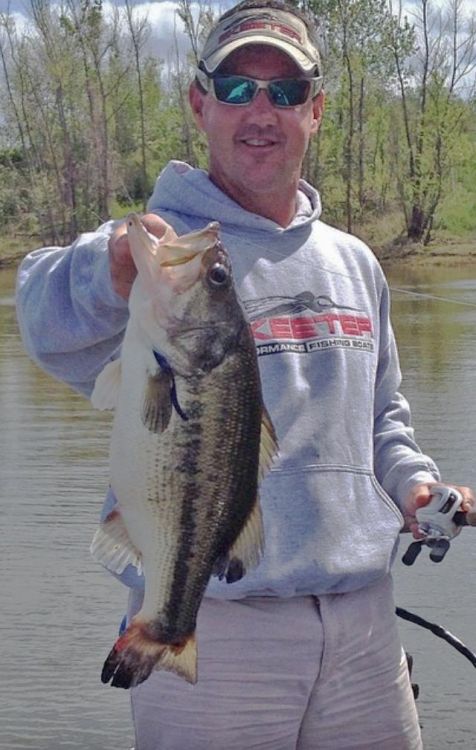
He pairs the craw with a Strike King Hack Attack Heavy Cover Flipping Hook.
“I don’t have a sponsorship deal, but I’ve been flipping that hook for five or six years,” Crochet said. “Trust me, you’re not going to flex that hook.”
His tungsten weight ranges from 3/4 to 1 1/2 ounces, depending on what he needs to get through the mat. He uses a bobber stopper to keep the weight in place.
Sixty-five-pound Seaguar Flippin’ Braid, a high-speed reel and his signature Cliff Crochet Deuce rod rounds out his rig.
Target dominant cover
All cover in a dead-end canal is not equal when it comes to finding tournament-winning bass, Gonzales pro Robbie Latuso said.
“I’m looking for that dominant piece of cover — whatever holds the most heat,” Latuso explained.
In other words, he often ignores shade-draped cypress trees for laydowns soaking in the sun because bass will pull tight to that cover to keep warm.
“You might have four or five pieces of dominant cover in a canal,” Latuso said. “If you have bushes around (these laydowns), that’s even better.”
But identifying these targets doesn’t guarantee bass will cross your gunnel. Instead, you have to thoroughly work over each piece of cover to ensure you don’t miss a potential tournament-winning bite.
“Once I determine the dominant cover, I pick it apart,” Latuso said. “You have to really slow down and fish it hard. You might throw at it 10 minutes.
“He’s there most of the time; you just have to make him bite.”
Lautso loves pitching Delta Lures jigs for South Louisiana stained-water spawners, and size does matters.
“I’ll go with a heavier jig,” he explained. “If everybody else is throwing 1/2-ounce (jigs), I might go with a 3/4-ounce (version).”
When he’s flipping, he ties his jig onto 20-pound fluorocarbon and uses a 7-foot-3-inch to 7 1/2-foot heavy-action Kistler rod matched with a high-speed Shimano reel.
But he warned against being one-dimensional.
“You have to switch up baits,” Latuso said. “Sometimes when (an area is) heavily pressured, you have to fish plastics. You just have to let the fish tell you what they want.”
But also on his deck is a lure few anglers would think about as a spawning lure — a vibrating jig.
“That Delta Lures Thunder Jig can be great during the spring,” Latuso said.
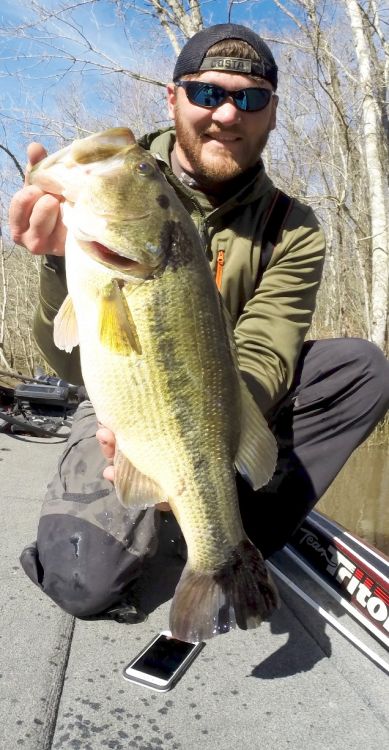
Which lure he starts with depends on the situation.
“If a cold front just moved in and it’s a blue-bird day, I’ll usually start with the jig,” the angler said. “Right before a front when it’s cloudy, I might start with that Thunder Jig.”
Moving targets, drains and stained water
Bassmaster Elite Series rookie Caleb Sumrall heads straight for the dead-end canals and looks for a couple of things to up his success rate.
First, he considers water clarity, usually preferring dead-ends with stained water.
Why avoid clear-water canals? That’s simple, he said.
“The fish in the clear water are more likely to be spooked,” Sumrall said.
Secondly, he’ll usually be working canals that include a number of drains, which offer sweet spots for spawning bass.
Drains are normally associated with bass ganging up to feed as water pulls out of the swamps, and Sumrall said that is part of it.
“It’s an easier source of food,” he said.
But even if a drain isn’t active, bass can be caught in these openings along the banks.
“Fish like to spawn around those drains,” Sumrall said. “They add a little depth to the bank.”
As he’s working a canal, the young pro keeps his eyes open for anything signaling the presence of bedding bass.
“I pay attention for fish movement,” the New Iberia pro said. “You could be fishing down the bank and see just a little swirl or ripple.”
Even the most-subtle movement could be a tip-off that a big female is doing her thing, but Sumrall said he doesn’t immediately fire to the spot.
“I give it about 5 minutes to settle down, and then I’ll come back to it,” he explained. “I’ll work a (Missile) D Bomb in there real slow.”
He likes to keep his soft-plastic creature bait as light as possible, using a 3/16- to ¼-ounce weight so the lure doesn’t streak to the bottom.
